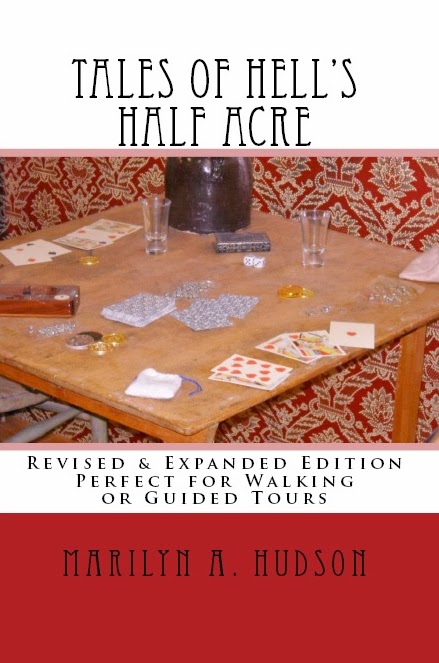A revisit to an article I originally published in 2008...
SKIRVIN HOTEL, THE "EFFIE,' GHOST, AND A THEORY
Just in case, if you have first hand experience from someone who worked in the pre-renovation Skirvin use the comments to add your tales.
Some facts:
The original name of the hotel, according to newspaper accounts, was "The Skirvin House" (1910).
In 1911 - the manager committed suicide and it was investigated as suspicious.
Later, (1902's?) a workman fell to his death.
Several people committed suicide - as they did in all the local hotels- most by poison and a few by pistol.
The legend that "Effie" was a mistress kept imprisoned in the hotel is also strikingly similar to a tale told about the "Gold Hotel" in Nevada - making it more the urban legend than real tale. In that time period, it was more likely he would have sent away - with a payoff - a pregnant mistress or simply paid for an illegal abortion. If an "Effie" did die - perhaps it was a botched abortion rather than some convoluted prisoner in the hotel scenario.
All of which led to another article on the subject exploring the urban myth and folkloric aspects of the story.
In Oklahoma City she is known as 'Effie'. A poor woman who loved not wise but too well and found herself pregnant with a married man's child. She a) either killed herself , b) was imprisoned by the married man, or c) was murdered. She has been said to haunt the Skirvin Hotel in downtown Oklahoma City since the 1920's.
In Goldfield, Nevada there is the story of "Elizabeth" associated with the historic Goldfield Hotel, who was a poor woman who loved not wise but too well and found herself pregnant with a married man's child. She a) either killed herself , b) was imprisoned by the married man, or c) was murdered.
It should be remembered that in Oklahoma City when it was opened as the result of the Land run of 1889, there were 'working girls' on the very next train into town. "Big Annie" Wynn Bailey was a strapping girl in her mid-twenties fresh from the lucrative mining towns of Colorado. She saw opportunity and bought land, opened businesses in the heart of "Hell's Half Acre". Soon she controlled much of downtown Oklahoma City through real estate and a system of well placed bribes.
These "girls" as the prostitutes were sometimes called were a social subgroup with their own status, traditions, and behaviors. Did they also share a common 'folklore' of cautionary or fear tales to warn each other, and potential customers?
 So who came first, "Emma" or "Elizabeth," or perhaps some yet to be discovered woman? It would be interesting to see how many of these tales of 'fallen' women with names beginning with an "E" might exist, identify when they first emerged, and discover if their movement could be tracked.
So who came first, "Emma" or "Elizabeth," or perhaps some yet to be discovered woman? It would be interesting to see how many of these tales of 'fallen' women with names beginning with an "E" might exist, identify when they first emerged, and discover if their movement could be tracked.
Other famous 'soiled doves' include Jerome, AZ's 'Julia' and 'Maggie' in Cripple Creek, CO. Over all the motif is similar to the cautionary tale of the 'Cry Baby Bridge', which I feel is a transference of the old Irish song, "Mary of the Moors" into the newly liberated and mobile early 20th century. Like the "Vanishing Hitchhiker" both serve as morality tales about the dangers of youthful independence in the face of new mobility and social mores. Did the earlier tale of the "E" women have a similar purpose to warn prostitutes of mixing business with pleasure? Perhaps to convey the subtle inference that even a man in business suit might not be trustworthy?
NOTE: Anyone with knowledge of a story about a 'fallen women', 'scorned woman,' or 'compromised maiden' associated with a hotel or other town site, please contact me for an upcoming work.
 What are the odds of two murderers having the same name? Strangely that is what happened in the case of a couple found in the Mohave Desert in 1948 and a series of women killed in Alaska in more recent years. The criminal in both cases was named Robert Hansen but no relation to each other apparently.
What are the odds of two murderers having the same name? Strangely that is what happened in the case of a couple found in the Mohave Desert in 1948 and a series of women killed in Alaska in more recent years. The criminal in both cases was named Robert Hansen but no relation to each other apparently.




